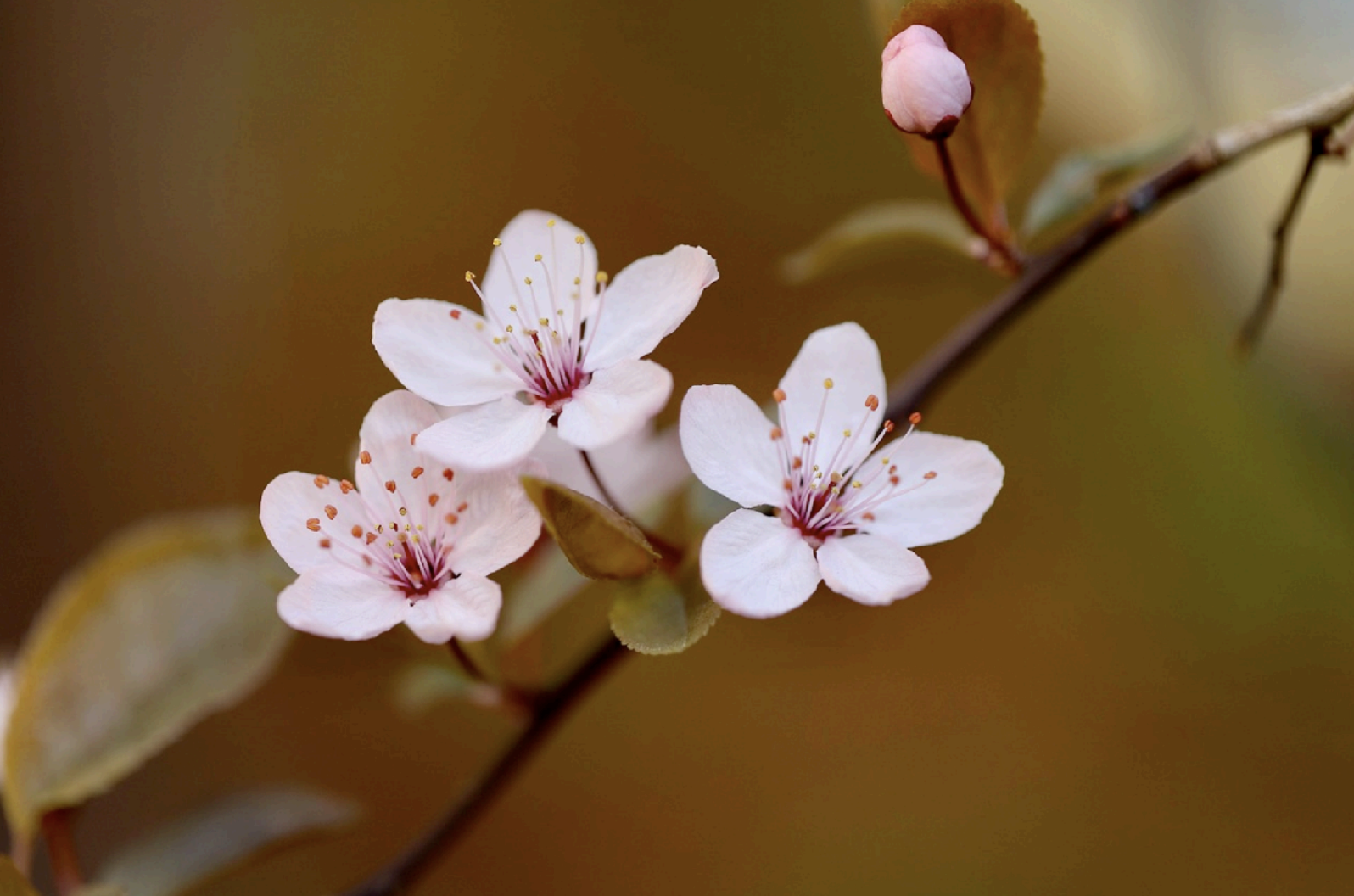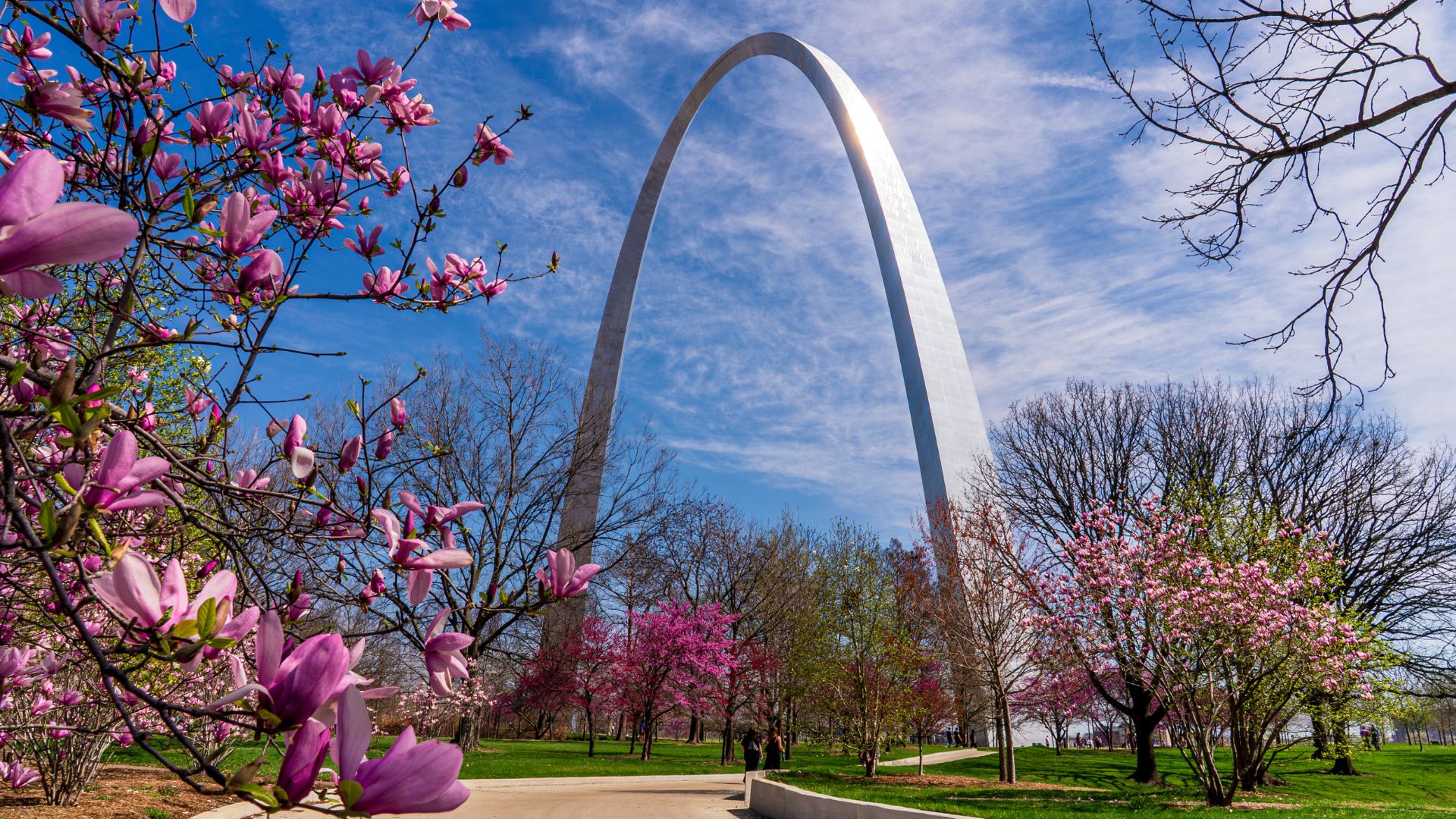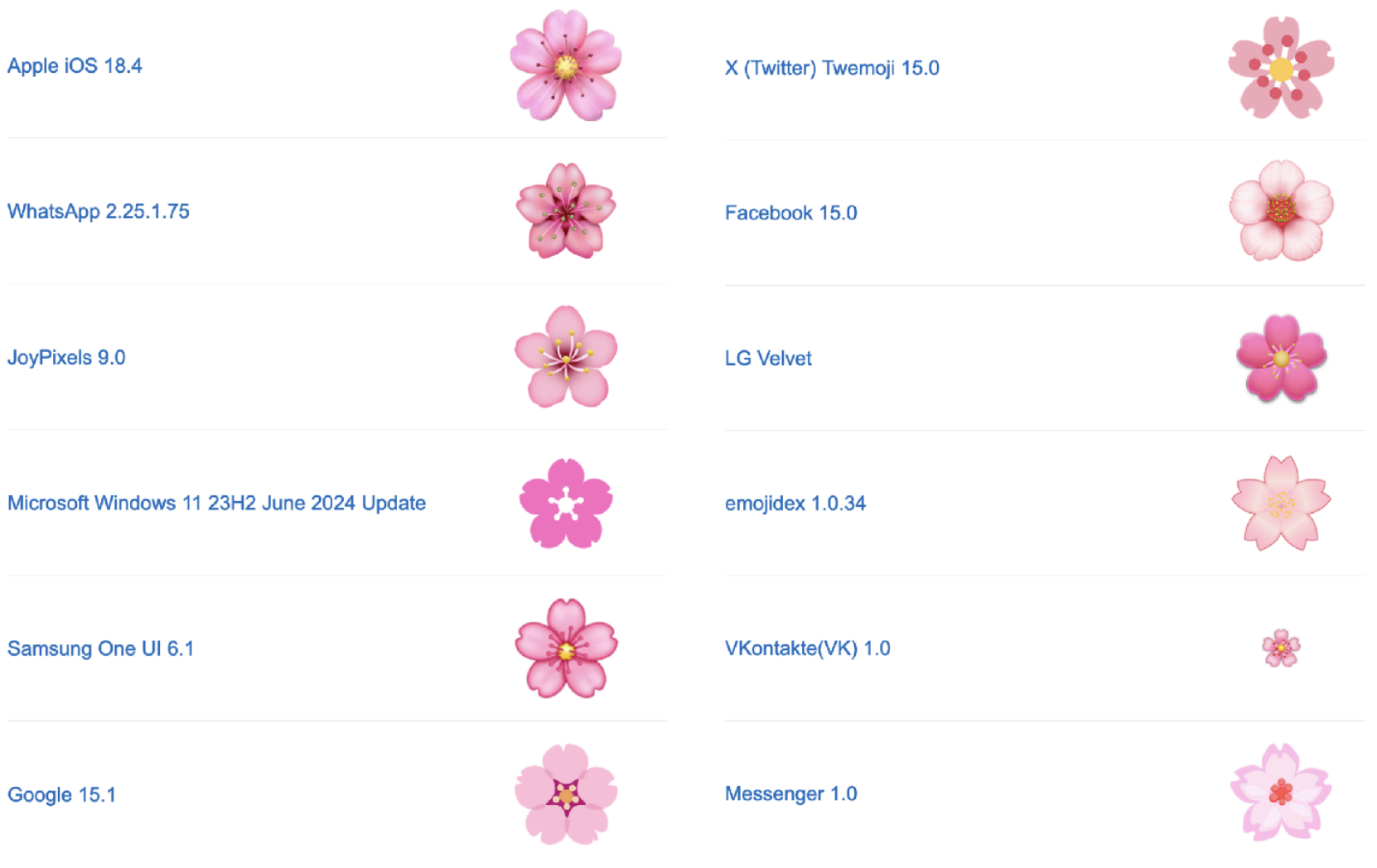Aug 25, 27 — A flower is not a flower...

A flower is not a flower...
It is made only of non-flower elements:
sunshine, clouds, time, space, earth, minerals, gardeners, and so on...
A true flower contains the whole universe...
If we return any one of these non-flower elements to its source, there will be no flower.
— Thich Nhat Hanh

I learned I would be moving to St. Louis and teaching this course five months ago — this past spring — when flowers are especially beautiful and fragrant.
This course is officially titled “Visual Principles for the Screen.” After talking to some thoughtful designer friends over the summer, I decided my first design choice for this class was putting the word "Visual" in parenthesis, like so: (Visual).
Why put (Visual) in parenthesis?
The scientist Richard Feynman has spoken about enjoying the beauty of a flower even at the infrastructure or scientific level, and how this adds to the overall beauty of the flower beyond the visual or purely sensorial...
I have a friend who’s an artist and has sometimes taken a view which I don’t agree with very well. He’ll hold up a flower and say “look how beautiful it is,” and I’ll agree. Then he says “I as an artist can see how beautiful this is, but you as a scientist take this all apart and it becomes a dull thing” ... The beauty that he sees is available to other people and to me too, I believe… I can appreciate the beauty of a flower. At the same time, I see much more about the flower than he sees. I could imagine the cells in there, the complicated actions inside, which also have a beauty. I mean it’s not just beauty at this dimension, at one centimeter; there’s also beauty at smaller dimensions, the inner structure, also the processes. The fact that the colors in the flower evolved in order to attract insects to pollinate it is interesting; it means that insects can see the color. It adds a question: does this aesthetic sense also exist in the lower forms? Why is it aesthetic? All kinds of interesting questions which the science knowledge only adds to the excitement, the mystery and the awe of a flower. It only adds...

I enjoy working with technology because it encourages me to go into these deeper levels of beauty and understanding...
I take an infrastructural approach to many of my projects. Somehow building them, and going through that process, makes me understand what I’m truly after...
In this class, we will be creating interfaces — mostly digital and web-based — for people to use. How should we understand the (visual) in this context — one that is democratic by design, prioritizing accessibility, for example for people who can’t (see)?
While unpacking my library here in St. Louis, I encountered this quote from Jef Raskin’s book The Humane Interface:
Creating an interface is much like building a house: If you do not get the foundations right, no amount of decorating can fix the resulting structure.
In other words, surface — or (visual) — design should always have a congruous relationship with its infrastructure, its context, its ecosystem...
At the same time, there need not be an official order. We navigate a world of surfaces, so sometimes we build deep systems which begin with what we see...
Anyway, a true flower contains the whole universe...
Continued in class...
Readings
- Preface, Introduction, and Chapter 1 of The Humane Interface by Jef Raskin (2000)
- “Unpacking my Library” by Walter Benjamin (1931)
Slides
Exercise
Assignment
- Visual Texts (Begin)